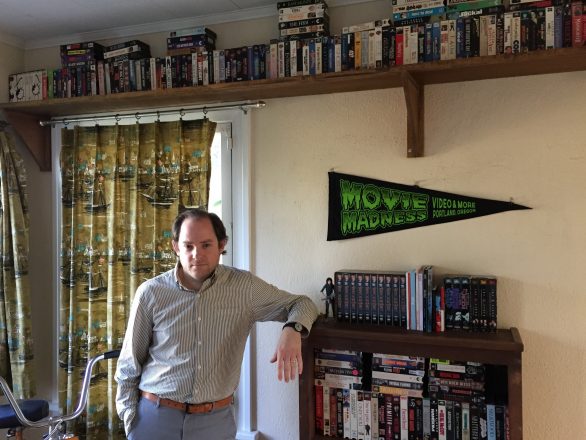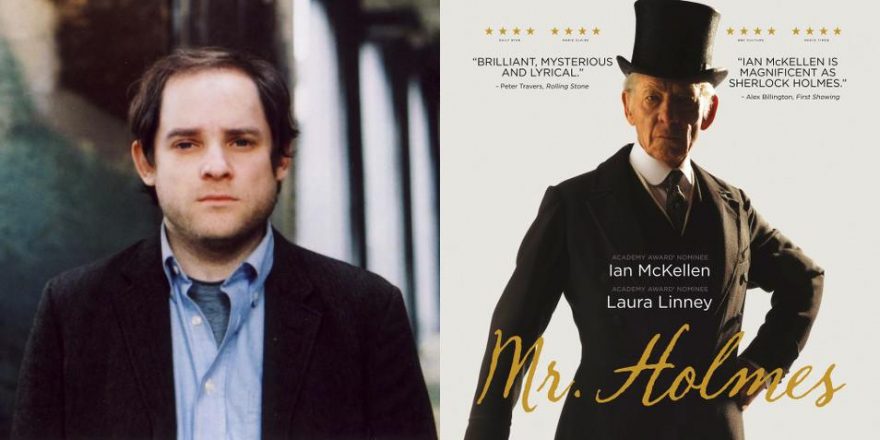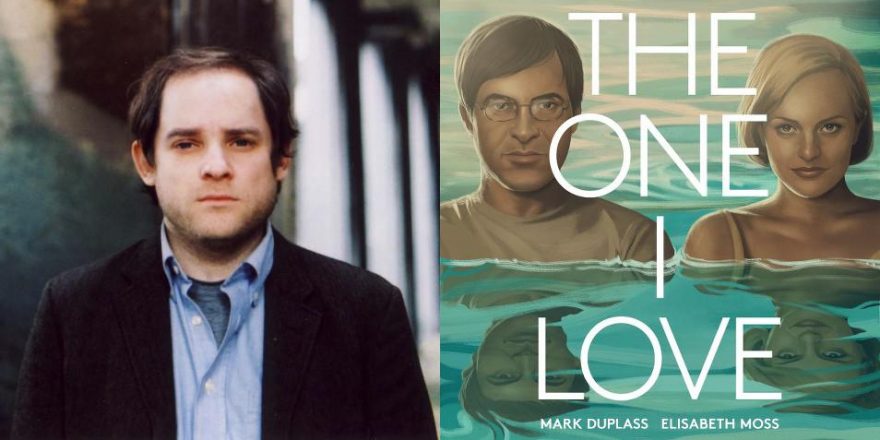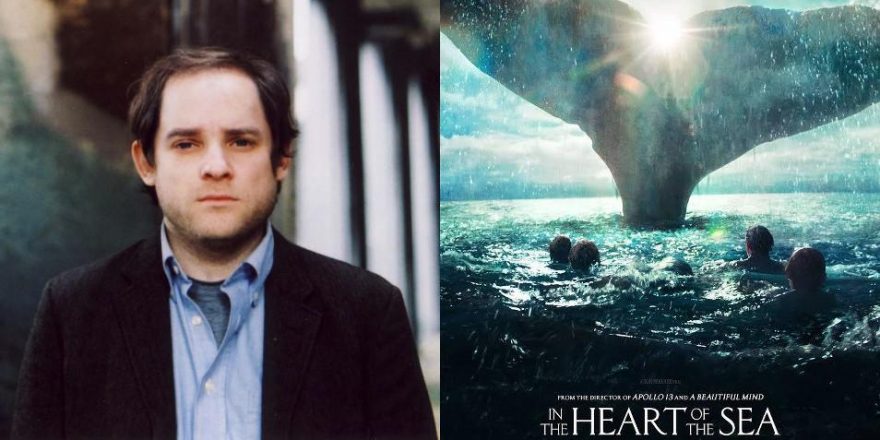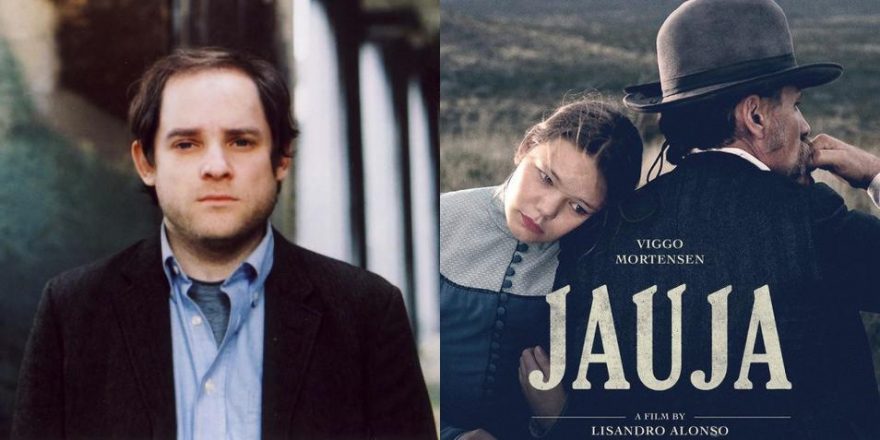I have had a long and varied relationship with VHS tapes. When I was very young, not only did my family not own a VCR, but I had no idea such a device existed. I was amazed when we finally got one and I gained the capability to record and rewatch episodes of Square One and 3-2-1 Contact. It wasn’t until later that I learned about renting tapes.
The first commercially produced VHS tapes I was aware of were for silent and early ’30s comedies that were available to borrow in the brightly lit VHS room at the main branch of the library in Portland, Oregon. My dad pointed me toward Buster Keaton and Marx Brothers movies and I loved them. Every time we went, I would look to see if Steamboat Bill, Jr. or A Night at the Opera was in and invariably check them out no matter how many times I had seen them. This new interest in movies did not, as one might expect, lead to watching contemporary movies meant for kids my age. It took me nearly 20 more years to see Home Alone and to this day I have never seen The Goonies or Teenage Mutant Ninja Turtles.
As with many out-of-touch children, nights spent at friends’ houses led to my first real exposure to mainstream film culture. Encino Man rudely awakened me to just how thin my slang vocabulary was. All three parts of Back to the Future, watched over the same weekend (probably for the tenth time by my friends), made it obvious what everyone else had been obsessing about all this time. Most memorable of all was one particular clamshell case from Hollywood Video sitting next to the TV, ready to watch, at a friend’s house. On the spine was the title of the movie: The Hard Way. And the rating: R. I had never seen an R-rated movie before. The prospect was equally thrilling and alarming. What exactly did it mean? What sorts of shocking, forbidden things, I wondered, might I see?
As it happened, the R in this case was for strong language and I wasn’t shocked by what I heard. Soon, I had the idea that adults were unjustifiably keeping some movies away from pre-teens like me and, as I grew a little older, I made it my personal mission to see anything I was told I shouldn’t. Not because my parents especially cared about monitoring what I watched. (I watched Pulp Fiction with my dad when it was first released on tape.) Not because I cared about the salacious aspects of R or NC-17-rated films. Really, it was because my 14-year-old sense of justice was offended by the idea that art should be restrained in any way. Therefore I had to watch Kids. I had to watch Man Bites Dog.
As a teenager, I became a regular customer at Portland’s expansive (and fortunately still operating) video store Movie Madness. Here, the options seemed only to be limited by my own depth of knowledge, or lack thereof. Hours upon hours were spent poring over the 1993 edition of Leonard Maltin’s movie guide, attempting to understand the vast, interconnected world of movies to be explored. Who, I needed to know, was Ingmar Bergman? Who was Akira Kurosawa? Shelves at a video store are, of course, next to other shelves and eventually I started examining the directors who were not listed in the index of Leonard Maltin. Who was Ozu? And what about Claire Denis, who was close to Godard in the section devoted to French directors?
Meanwhile, I started to think about VHS ownership and the idea that, one day, I might have an encyclopedic collection. I remember a conversation I had with my first girlfriend, in the VHS section of a local department store, where we envisioned building this collection and pulling tapes out at a moment’s notice. This was my new ideal of cultured adulthood. Never mind that so far my collection consisted mainly of Clueless, 10 Things I Hate About You and Star Trek: Generations. A purchase of The X-Files: Fight the Future seemed to get us on the road toward this goal.
But it was not to be. Before the collection got started, three things happened to scuttle the project. First, my girlfriend and I broke up. Next, I realized what aspect ratio was and that the vast majority of videos did not reflect the true intentions of the filmmakers. And then suddenly there were DVDs everywhere. With the arrival of this new technology, my aspect ratio problem was solved and, not only that, but I could listen to commentaries, direct insight from the auteurs themselves. In the course of less than a year, VHS tapes fell in my estimation from a coveted prize to junk. Worse than junk. VHS was an emblem of an era where the artistic intentions of filmmakers were trod upon and laughed at by Hollywood string-pullers.
For the next eight years, throughout college and my early days in Brooklyn, let’s say 1999 to 2007, I persisted in feeling a sense of revulsion at the mere sight of a VHS tape. Then I went back to visit the University of North Carolina School of the Arts, where I had gone to college, where I had worked as a projectionist, and where I still had friends. The school had inherited a collection of tapes from a local store called West End Video and they were stored in a room just off from the projection booth. A friend of mine showed me the collection and somehow we came up with what sounded like a very fun idea: we would select two tapes from each year from 1990 to 1999 and would watch only the trailers. Over at my friend’s house, our project went deep into the night, with cheers going up for tapes with several trailers and boos directed at tapes with the dreaded “feature presentation” card as the first thing after the FBI warning.
Little did I know that this first step back into the world of VHS was only the beginning of my rekindled love for the format. At first, I didn’t know what drew me to it, but then I started noting what I hadn’t before. Yes, it was in the wrong aspect ratio, but it had personality, like 35mm film. It rolled a little while it played, unlike the perfectly steady look of DVD. And, of course, there were commercials and trailers. Before long, I found myself pulling over at thrift stores just to see what they had for sale. And at a dollar or less per tape, my wife (showing the same symptoms of VHS fever) and I could afford to accumulate the beginnings of the library I had imagined so many years earlier. Simultaneously, my fellow Talkhouse contributor Alex Ross Perry and his wife were going down the same path. Together, we watched The Hand That Rocks the Cradle, Double Team, Scent of a Woman and countless others. Over the years, VHS-watching has become not only an assumed part of virtually any days the four of us spend together, but something meticulously planned for and anticipated long in advance.
By 2015, the year I wrote Gemini, my wife and I had amassed a collection of some three hundred tapes and I was deep into an exploration of all of the thrillers that I had missed as a teenager. One after another, we watched Consenting Adults, Pacific Heights, Jade (though I did not watch this in the ’90s, the scintillating VHS box was burned in my memory), Rising Sun, Malice, Double Jeopardy, and on and on, until my brain was filled to bursting with overworked D.A.s, skeptical cops, disappearing witnesses and life-ruining former friends. I knew I had to write something in the genre. That was the first piece of Gemini. The other pieces you can read about elsewhere, but for now I want to pay tribute to the home entertainment format that I love. I look at my VHS tapes and I hope I can watch them in 10 years, 20 years, with my kids and grandkids. Obviously, they won’t feel the same nostalgia as I do (I have to admit that some of it is nostalgia), but I hope they can connect with a time when people couldn’t wait to get to the video store and bring something home.


